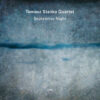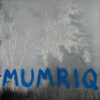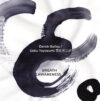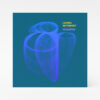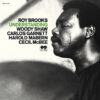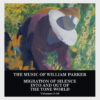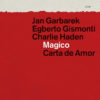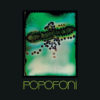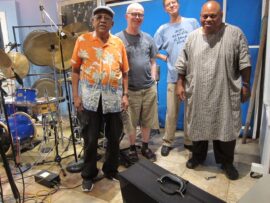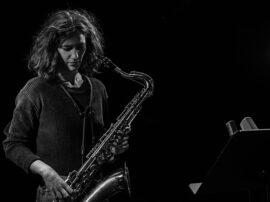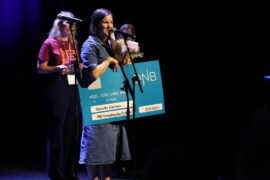
Japanese, Berlin-based marimba and vibraphone virtuoso Taiko Saito is known for her duo Futari with pianist Satoko Fujii and her Trio San with Fujii and drummer Yuko Oshima as well as for playing in sax player Silke Eberhard’s Posta Lotsa XL. Tears of a Cloud is Sato’s second solo album and suggests her highly personal and inclusive sonic vision, inspired by her teachers, especially American, Berlin-based vibes player David Friedman, the playing and compositions of Kenny Wheeler and traditional Japanese music.
The nine short pieces were conceived spontaneously, and most of the pieces were freely improvised with no preconceived ideas. Saito developed an initial motif, then experimented with sound and the characteristics of mallets – some are heavy leather mallets that she handmade herself – and sticks. The pieces are unpredictable and full of melodic and rhythmic inventions, stressing Saito’s dazzling precision, a profound need to explore and push forward the marimba and vibes sonic range, as well as a discerning ear for new textures and colors.
Each piece has its distinct character and its own timbral vision. The opening «Daichi» alternates between pregnant silences and eruptions of resonating phrases, balancing stillness and sound. «Sound Gradation» is developed through subtle shifts in the melodic and rhythmic motifs, while using different mallets to create new tone colors. On «Uneri» Saito creates a hypnotic and gentle sound world by using the vibraphone’s open pedal and motor to make clouds of resonant notes that enshroud her flowing lines. She employs uses a double bass bow and two oversized soft sticks on «Underground» to explore transparent, mysterious and almost silent sounds. «Rain» mimic softly the irregular rhythms of nature, achieving a graceful asymmetry as they lengthen and morph into a continuous dance of notes. In a similar manner, «Angry Bee» attempts to follow the flight of a hyperactive bee. «Time for M» tells an engaging, cinematic story, while «Distance» floats gently within soft, resonating sounds, and leads to the last title piece, where gently throbbing overtones form a backdrop for a delicate melody that grows deliberately and slowly note by note.
Eyal Hareuveni
Taiko Saito (marimba, vibraphone)


